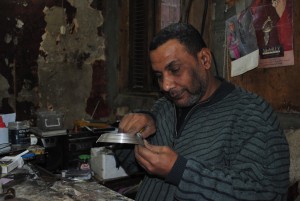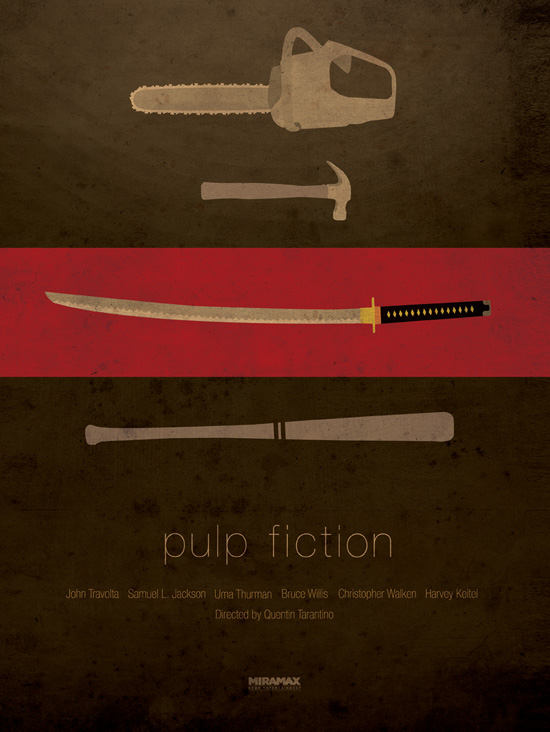
(Photo by Emily Crane)
AUC showcases its musical range in stunning double feature
Emily Crane reviewed an evening of laughter, sadness and great music
The night opened with The Telephone, a one-act comedic opera telling the story of a man who is attempting to propose to his sweetheart but is continuously interrupted by her ringing telephone. Nesma Mahgoub’s stellar soprano blew the audience away and her excellent comic timing kept them laughing throughout the performance.
Things took a much more somber tone when the curtains reopened for the second act of the night. AUC’s Music Department delivered a breathtaking rendition of Les Miserables’ 17 most powerful songs, translated for the first time into colloquial Egyptian Arabic by Sarah Enany.
Neither production would have been possible without the solid piano accompaniment of Rosalie Capps who played for over two hours, carrying the vocalists through to a standing ovation.

(Photo Courtesy of the Jesuits and Brothers Association)
Sectarian attack on Minya Theatre
Hannah Wilkinson spoke to the organisations that operated and used the theatre
On 14 August, the headquarters of the Jesuits and Brothers Association was attacked by unknown assailants in a sectarian assault. “At 10:30am they began to attack our centre from one side and threw stones and molotov cocktails at our door,” said Magdi Asham, an information sector director for the organisation which operates the headquarters.
“I have never been so frightened in all my life. I was frightened to death” said Biman, a Jesuit priest who preferred not to give his full name and was present during the attack. He confirmed Asham’s account of what happened. “They were in front of me, they had sticks, they had stones… they didn’t attack me, I call it a miracle, a blessing.”
Accustomed to growing tensions between Christians and Muslims in the region, Asham and Biman are nonetheless shocked by the destruction of a community resource which Asham claims served everyone in the area irrespective of religion.

(Photo from 1001 Street Chairs of Cairo Facebook page)
Hend Kortam spoke to the artist who is collecting images of the ubiquitous chairs in Cairo
Chairs are everywhere on the streets of Cairo. We all pass by at least one every day, and most of us march right past them without even noticing the car seat that has been converted into a street chair and placed on the sidewalk.
The chairs tend to get lost in the middle of all the spontaneity, improvisation and confusion on our streets. A project called 1001 Street Chairs of Cairo “aims to create a photographic archive” of Cairo’s street chairs. The picture of the chair is pinned on a map of the capital, showing a small icon of a chair on the location in which the picture was taken.
Manar Moursi, a co-founder of the project, said the chairs reflect more than just the design and cost factors, creativity and recycling: “People do not throw them away, they fix them.” She added that the chairs also reflect public space issues, gender issues (because only men sit in them) and even unemployment issues.

(Photo from Sad Panda Facebook page)
Fatma Ibrahim and Thoraia Abou Bakr spoke to man behind Sad Panda
Graffiti and street art have always played an integral part in social demonstrations. With the recent rise in demonstrations, many protesters carry spray cans in order to paint slogans, and express their dissent and demands on any surface they can find. Sad Panda is a character that has become iconic in Egyptian street art.
The common themes of street art include the end of a regime, a women’s revolution, as well as the need for the people’s voices to be heard. Sad Panda, however, seems to be the best character to express the sense of loss and mourning for those who lost their lives during previous demonstrations, and for those who gave up and stopped fighting.
Sadness dominates Sad Panda’s life, and it is expressed in drawn features of the character; its figure is slumped, its face grimacing, and its demeanour implies the misery of it all. “I ruin walls, I am too sad to do anything for fun,” the artist added.

(Photo by Thoraia Abou Bakr)
White rabbits and their inevitable redness
Thoraia Abou Bakr attended D-CAF’s interactive play
One goes to a play to be told a story that is usually exaggerated for dramatic effect. Usually, the story contains more than one actor. Usually, there is a start, a peak and an end. Usually, the accepted audience participation is clapping or booing, in case of a bad performance. Usually, the actors know the lines before opening night. Usually, there is a director.
Iranian writer Nassim Soleimanpour decided to go another way. Instead of a rehearsed play, Soleimanpour wrote the script White Rabbit, Red Rabbit, sealed it in a closed envelope and gave instructions on how to use the envelope. The instructions were that one actor opens the envelope on stage, and he/she is provided with two glasses and a small bottle of an unknown substance. There are no rehearsals, no direction, nothing. It all depends on the actor and the audience.

(Photo by Abdel-Rahman Sherief)
The silver merchants of Khan El-Khalili
Abdel-Rahman Sherief visited the silversmiths of Cairo
Precious, fashionable and within the scope of most people’s budgets, silver ornaments are popular as gifts for a variety of occasions.
The raw silver used by local craftsmen is either Egyptian local silver, or Swiss silver, which is higher quality. Egyptian traders and artisans prefer to deal with the local silver however, as it is inexpensive.
Ghaly Mohamed, who has been a silver craftsman for 40 years, does a lot of work based on his customers’ requests, preferring innovative work to imitating ready-made designs or copying from a catalogue. He said silver workshops in Khan El-Khalili, known as El-Khoronfesh, used to be teeming with real creative and artistic craftsmen, unlike these days. “The problem lies in poor education; schools should first teach children commitment and discipline,” Ramadan said. “The core of education is to learn how to think and to become used to receiving instruction, but that is missing today.”




